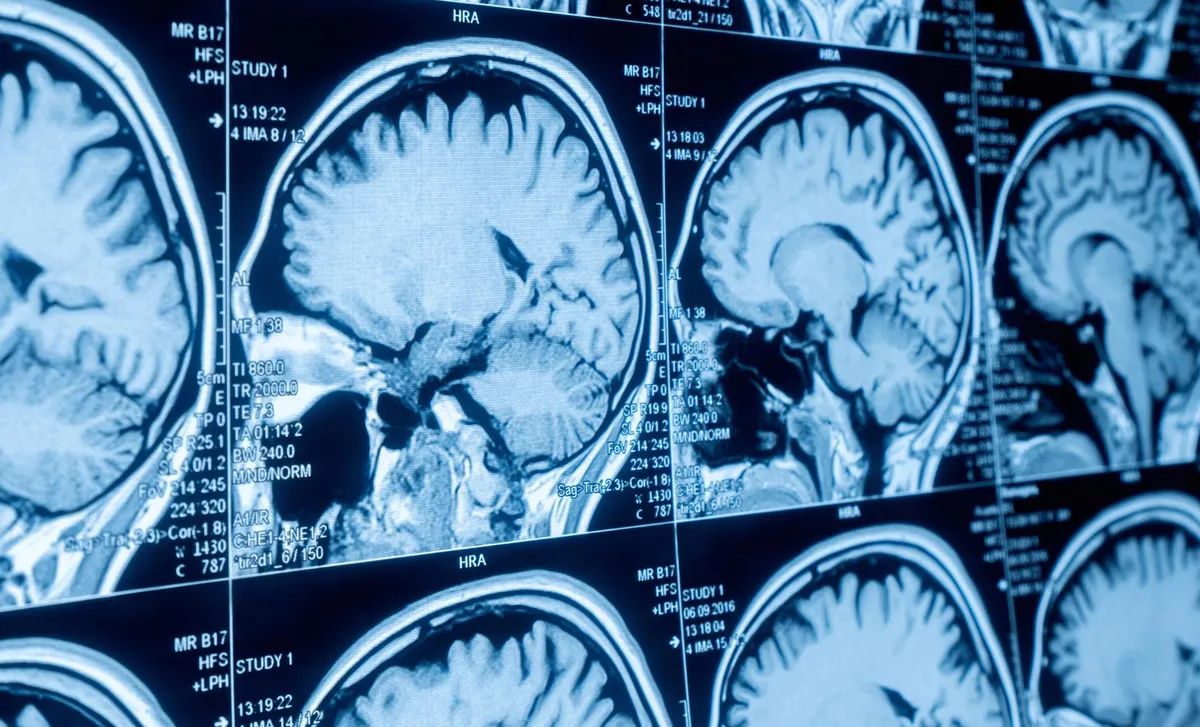
A groundbreaking experimental treatment for treatment-resistant depression (TRD) is providing new hope for individuals struggling with severe mental health issues. A recent preprint study published on OSF highlights the remarkable recovery of a 44-year-old man who battled severe depression for an astounding 31 years after undergoing a novel therapy known as PACE (Personalized Adaptive Cortical Electro-Stimulation).
For over three decades, the patient featured in this study has endured the relentless burden of treatment-resistant depression, compounded by PTSD and panic disorder. His mental health challenges began at a very early age, with the first signs of psychiatric issues emerging during his kindergarten years. Despite the overwhelming struggles, he faced numerous hospitalizations, psychiatric evaluations, and an array of therapy options. His journey was punctuated by an extensive medication history, comprising at least 19 different drugs, alongside three rounds of electroconvulsive therapy (ECT), none of which provided lasting relief. This patient's medical narrative is marked by periods of extreme hopelessness, including suicidal ideation and attempts, a reality familiar to many who grapple with TRD.
The experimental treatment, known as PACE—Personalized Adaptive Cortical Electro-Stimulation—aims to customize brain stimulation based on individual brain activity rather than employing a generalized approach. Using precision functional mapping through functional magnetic resonance imaging (fMRI), researchers successfully created a unique “brainotype” for this patient, allowing them to pinpoint specific brain regions for targeted stimulation. This innovative mapping technique enabled real-time adjustments to the stimulation based on the patient's immediate neurological responses, marking a significant breakthrough in the management of treatment-resistant depression.
During the patient’s brain scan, the research team discovered intriguing details about his salience network. According to the authors, “The patient’s salience network was highly atypical.” This network is comprised of several brain regions essential for detecting and responding to significant environmental signals, functioning as the brain's “alert system.” In this case, the salience network exhibited an unusual enlargement, covering 12.4% of the cortical surface area—four times larger than seen in healthy individuals. This enlargement correlates with depression, providing valuable insights into the neural abnormalities contributing to his treatment-resistant depression. These findings were crucial in guiding the brain stimulation to address the imbalances within this network.
Following the implantation of electrodes, the patient's experience was nothing short of transformative. As stimulation targeted various areas of the brain, the results were immediate. The first stimulation of the default mode network (DMN) elicited an overwhelming surge of joy, a sensation he described as “so weird to feel.” The emotional release during this moment was profound, leaving him in tears—a testament to the intensity of his feelings. This stimulation not only sparked emotional shifts but also triggered a significant change in his mental state, a sensation he had not felt in decades. This pivotal moment indicated that the brain stimulation was effectively addressing critical aspects of his emotional landscape.
What distinguishes PACE from conventional treatments such as ECT is its focus on personalization. Traditional ECT typically adopts a one-size-fits-all methodology for brain stimulation. In contrast, PACE is designed to tailor the stimulation specifically to the individual’s unique brain activity patterns. As noted in the study, “PACE provided the patient with the longest stretch of wellness he had experienced in his adult life.” This personalized approach is crucial for enhancing the treatment's effectiveness and sustainability, particularly for individuals like this patient, whose brain patterns and responses are markedly atypical.
The findings from this study underscore the potential of Personalized Adaptive Cortical Electro-Stimulation as a promising option for those struggling with treatment-resistant depression. As researchers continue to explore and refine this innovative treatment, there is hope for many who have faced the daunting challenges of mental health disorders, paving the way for a brighter future.